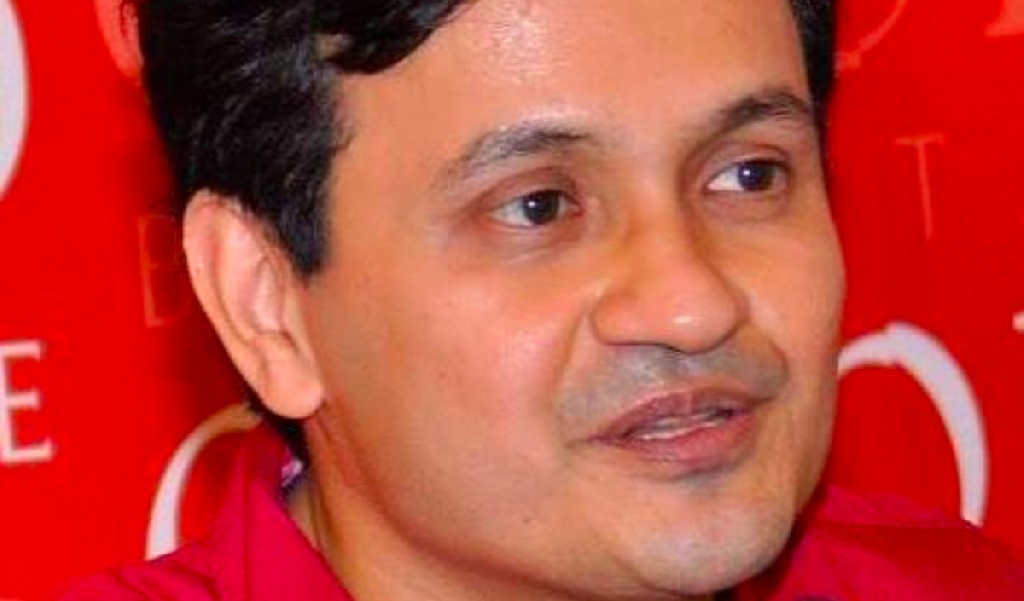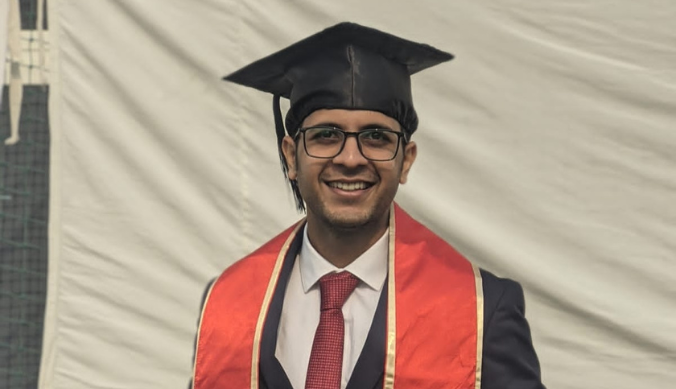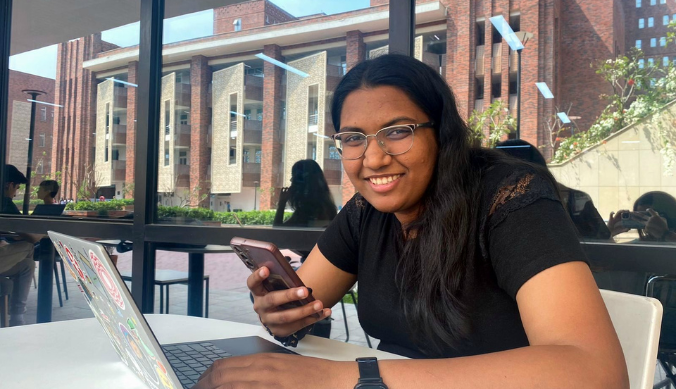Saikat Majumdar at Jaipur Literature Festival 2016
Saikat Majumdar, Professor of English at Ashoka University and the author of his recently published novel The Firebird talks about his experience on the panel at Jaipur Literature Festival 2016.

Office of PR & Communications
1 February, 2016 | 10 Mins readSaikat Majumdar, Professor of English at Ashoka University and the author of his recently published novel ‘The Firebird’, talks about his experience on the panel at Jaipur Literature Festival 2016. Here is an insight into his takeaways from the festival, the authors he was excited to meet, his views on literature in India, and much more.
Is this the first time you attended JLF? How was your experience?
This was the first time I attended the main festival at Jaipur though I’d spoken in the past at an event organised in Jaipur by Siyahi, one of the early organisers of the festival. The scale and the professionalism of the festival is nonpareil, and is far beyond any other literary festival in India. The footfall is unbelievable – if there is a popular life to literature left anywhere, it is to be seen here, though it is also clear to everybody now that the interest in JLF has for some years now extended far beyond the literary, which is a more complicated issue with its strengths and weaknesses. Jaipur, with its array of palaces, is an incredible venue for the sessions, events, dinners and receptions, and it’s lovely to connect with so many people of the world of letters. That being said, I missed the intimacy of some of the smaller litfests, where the quality and intensity of the interactions, though small, also tend to be really good – sometimes because they are smaller.
What according to you were the three to four main highlights of the festival? (These could be related to speakers, sessions, culture)
The range of subjects in JLF is great! So I loved listening to Atul Gawande on being mortal, Anjum Katyal and Makarand Sathe on Marathi and Bengali playwrights, a wonderful session featuring tribal writing, especially the Santhal writer Ruby Hembrom. The festival bookstore was a treat as well.
Tell us about your session at the event. What is that one takeaway you would have liked the audience to leave with?
My session was a conversation between me and Kunal Basu about our recently published novels, The Firebird, and Kalkatta, both set in new terrains of the city of Calcutta that have not really been written about. It was moderated by the writer Nilanjana Roy. It took place before a large audience at the Google Mughal Tent who really seemed to enjoy the interaction, so I guess it went well. We spoke about memory, experience and research, and our writerly relationship to the city of Calcutta, both of us having lived away from the city for a long time – Kunal in the UK and I in the US. The audience had some fascinating questions. My only criticism of the way the session was planned is that it need not have been culturally defined, as it is not true that one had to be really interested in the city of Calcutta to read these two novels – their stories are more universal. Still, Calcutta has been something of a literary landmark in India, and I’m happy that there was a session devoted to this city.
What do you feel about the culture of Literature Festivals in India?
I’m a regular participant in the Litquake festival in San Francisco and it’s a lot of fun, including the array of events spread around pub-hopping, art-gallery visiting, and poetry-readings and talks in old and restored studios. The west has a more established ‘literary’ culture, if you define literature in its modern, post-Enlightenment sense. A certain kind of literary culture has been fast evolving in India too, and the festivals are probably the best place to see this, though we have to be careful about the difference between the ‘popular’ and the ‘populist.’ The latter is good for literature but the latter can be problematic. As for difference between the festival culture and feel, one difference that immediately becomes evident is the volume of people. A ‘small’ event in India might have 50 people, where that is a massive audience in most literary and intellectual events in the US.
This is a tough one. Who are three of your favourite authors you spotted at the event?
The Kannada writer Vivek Shanbhag (author of the wonderful newly translated novella Ghachar Ghochar), and his wife, Anuradha Ananthamurthy, the daughter of U.R. Ananthamurthy – I spend quite a bit of my festival with them. Jerry Pinto, whose novel Em and the Big Hoom I really enjoyed, moderated a lovely session on theatre, a subject close to my heart. I am also enjoying Sunjeev Sahota’s novel The Year of the Runaways, and I spent some time with him both at JLF and the Kolkata Literary Meet right after that, where Sunjeev and I spoke in a panel on writing about India from the outside.
Note: The video recording of Saikat’s JLF session can be viewed here.












